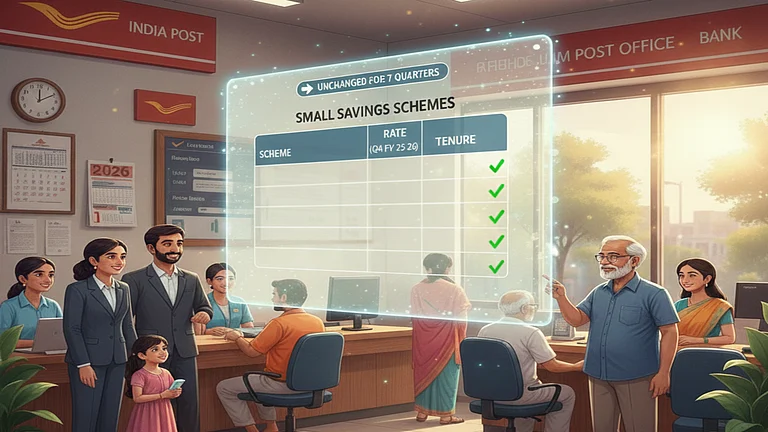Unsecured loans constitute only around 10 per cent of the total credit portfolio for all scheduled commercial banks (SCBs), thus suggesting a contained risk, according to an SBI Research Report published on October 20, 2023. The share of secured loans outweighs that of unsecured ones in the retail space, thereby reducing the risk associated with unsecured credit, the report further says.
Analysing the trends in retail loans, the report emphasises that both secured and unsecured segments have shown growth, particularly since the outbreak of the Covid-19 pandemic. An analysis of the Time Trend in retail loans also shows no major compositional shifts since April 2021 for the secured as well as the unsecured portfolio of retail credit, the report adds.
Share of Unsecured Loans
Housing loans constitute nearly half of the retail loan portfolio, and these long-term commitments are secured loans. Unsecured loans are typically demand-based, with a lower share on the lenders’ balance sheets.
Further, the higher return on investment (RoI) in the unsecured segment often leads to borrowers to go for prepayments. Among unsecured loans, demand loans were almost double the share of long-term loans, and medium-term loans formed a small percentage of this segment, according to the report.
Unsecured retail loans accounted for a minimal 10 per cent share of the total retail loans, thus suggesting contained risk, though this was an increase from the 2019 figures, when they accounted for 7.5 per cent of unsecured retail loans, the report says.
According to the report, the quality of retail portfolio growth for non-banking financial companies (NBFCs), including fintechs and P2P lenders, saw a recovery in FY23. The share of NPAs in NBFCs fell from 6 per cent in September 2021 to 4.1 per cent in March 2023.
Trend in Unsecured Lending
The report also delves into risk categories of borrower profiles.
According to the report, the approval rate for New to Credit (NTC) borrowers in March 2023 was 23 per cent, lower than compared to the 2020 or 2021 figures, thus signifying a cautious approach by lenders.
The report also highlights a shift towards better-rated borrowers at the industry level itself, with public sector banks demonstrating a more cautious approach compared to their private sector counterparts. Public-sector banks tend to cater to salaried customers from government, defence, and public sector undertakings (PSUs).
At present, public-sector banks have about 41.4 per cent of borrowings in the prime category and 17 per cent in the near prime category. Private sector banks have 37.9 per cent in the prime category and 21.9 per cent in the near prime category. They are comparatively less cautious in on-boarding borrowers, the report says.
Prime category comprises borrowers with credit scores of 660-719 and near prime category has borrowers with credit scores of 620-659.
Is Unsecured Loan A Cause For Worry?
The SBI Research report says that the decline in credit card outstanding per card signals a favourable outlook for unsecured loans.
“Household debt as measured by credit card outstanding per credit card in India has been either static, or it is declining both in nominal and real terms (after adjusted for CPI inflation) in 2023. This decline in real credit card outstanding per card, amid higher inflation expectations, is seen as a positive development,” the report says.
In nominal terms, the outstanding per credit card rose by 13 per cent in August, down from 24 per cent in January. The real outstanding per credit card growth in August declined to 5.8 per cent from 16.4 per cent in January.
The report also draws attention to the remarkable growth in total assets and liabilities of the banking system between FY14 and FY23. The figures reveal a 1.3 times increase compared to the growth in the last 63 years.
Overall, the SBI Research report portrays a secure position for unsecured loans in the Indian banking sector, supported by favourable trends in credit card outstanding. Investors in the banking sector can be confident about resilience and careful approach demonstrated by the industry.













